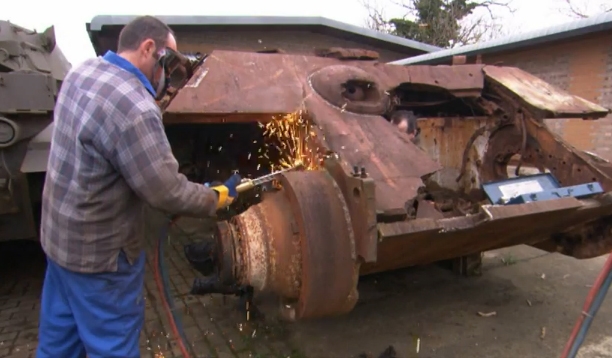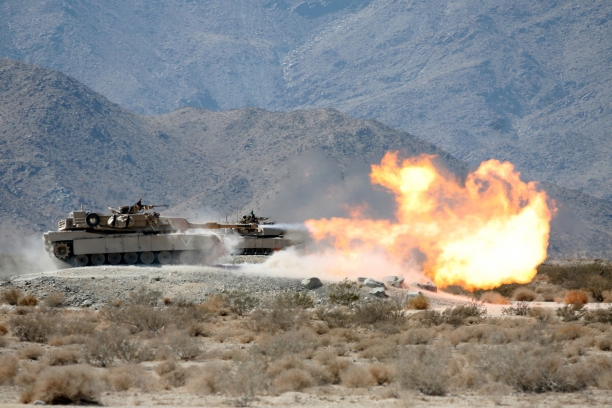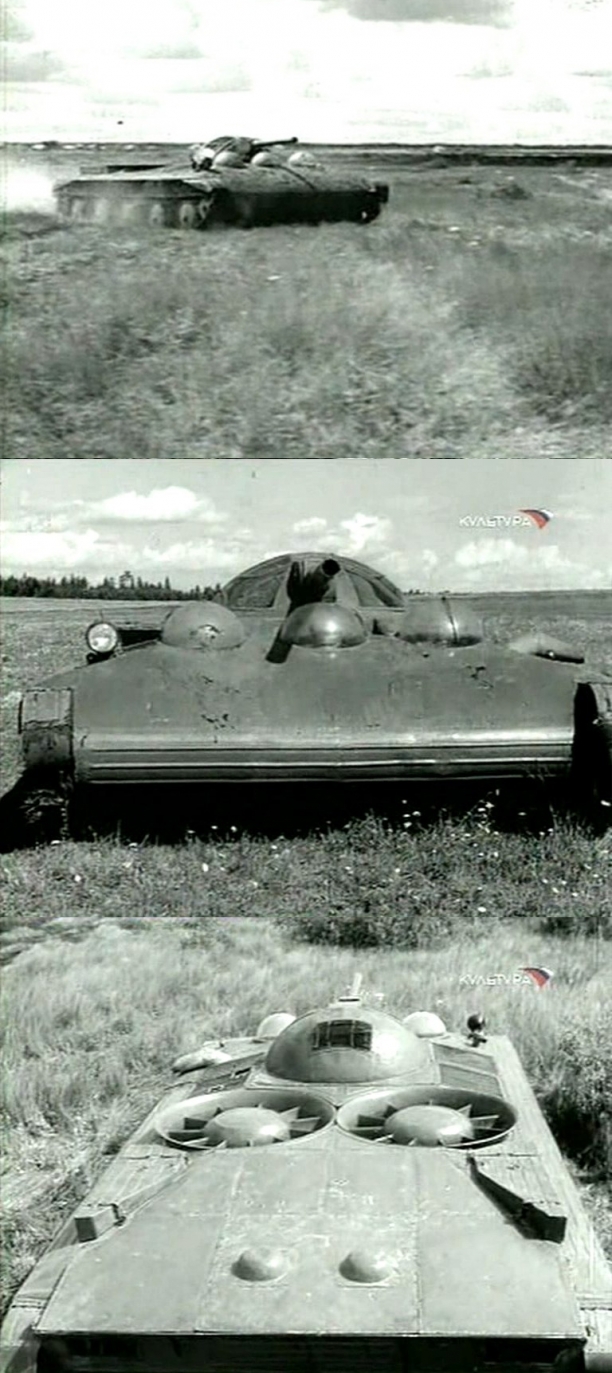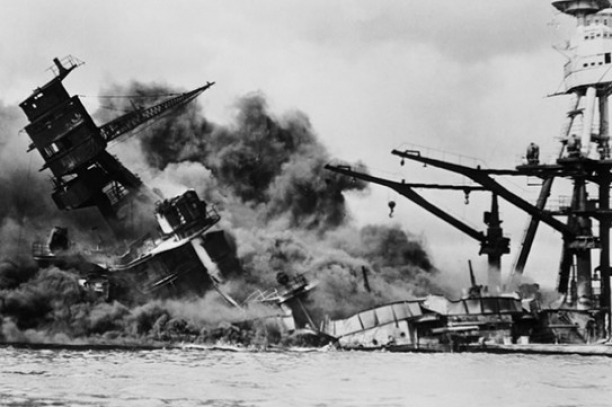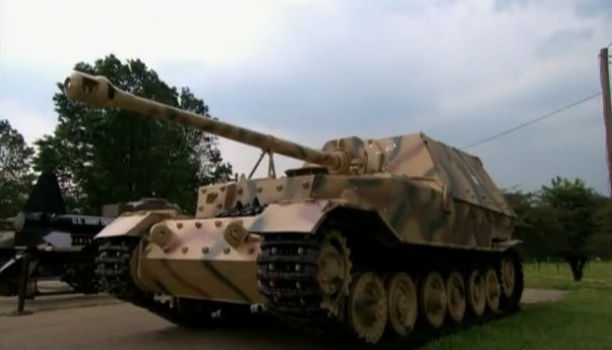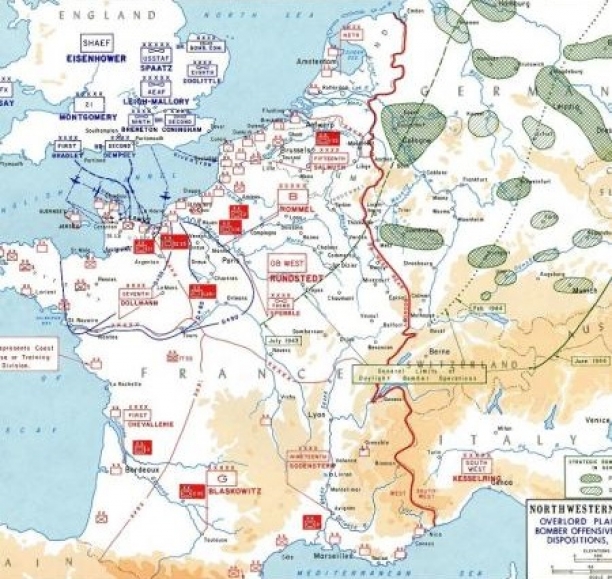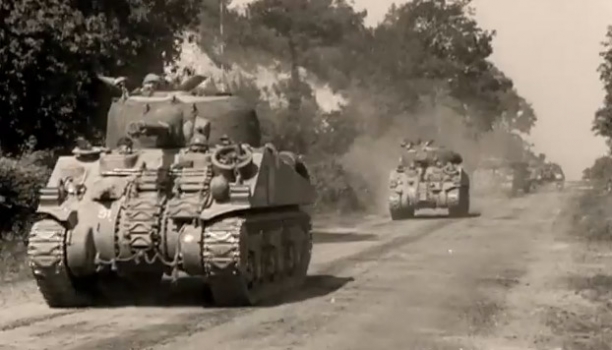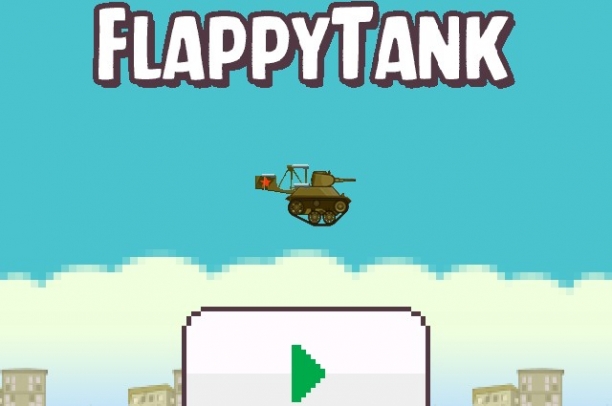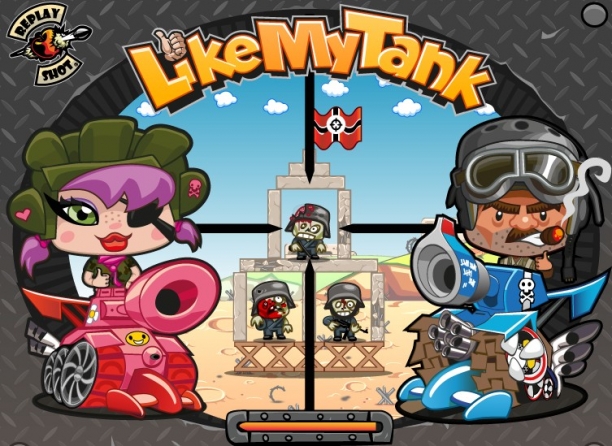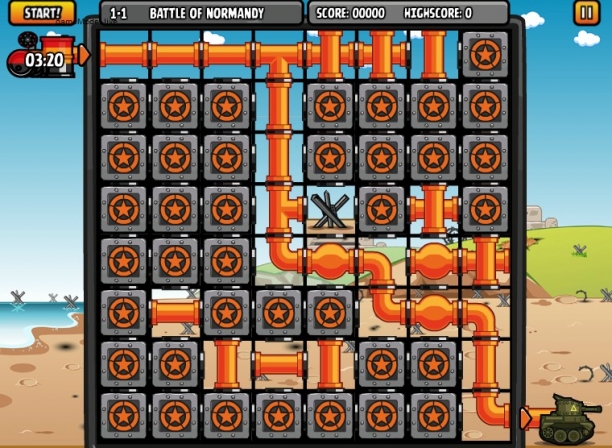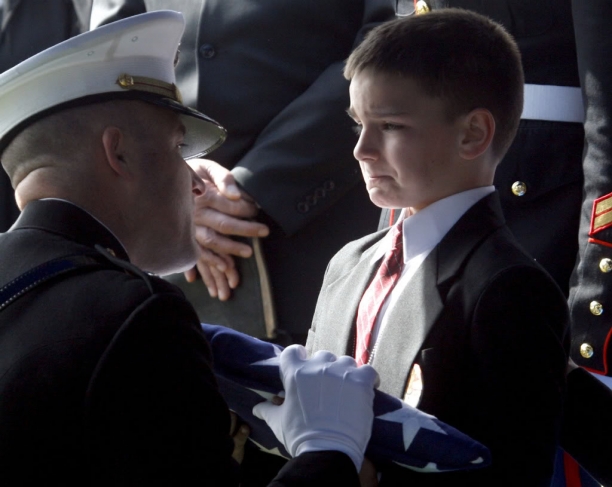Generally, tanks from US military forces are good in tactical and strategic mobility, have spot on accuracy and one of the fastest rate of fire. They are oftentimes the most effective and can destroy the bulk of their enemy within minutes. The defect and weakness of these tanks, however, is the insufficient and inadequate side and rear structure of the armor which is subject to troop harm and loss.
|
Tank Overhaul is a place where hobbyists get together to share their knowledge of technology to put some of the amazing tanks of our time back together again. You can watch both a German and an American tank go from parts to their stunning glory again as they are reconstructed.
They are currently working on putting a Panther tank back together again. It was actually found at the bottom of a river in Poland and it won't be easy for these professionals to put it back together again. By reconstructing the tank, they are able to take a glimpse into history and better understand the events of WWI.
|
The most awe inspiring and destructive weapon used by the army is the tank. They first started being used in WWI by the British and the French, and since then they have been a menace on the field of battle. All through the twentieth century the tank has been a continuous weapon that has been used by the army to wreak havoc upon enemies far and wide. A the end of WWII over three thousand tanks fought in the Battle of the Bulge, then they took part in the Battle of Dezful which took place between Iraq and Iran, and then in countless other important battles. Today we will take a look at ten of the most amazing tank battles that have happened throughout time.
|
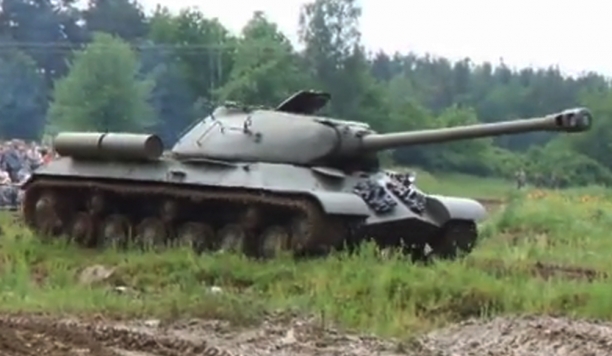
The IS-3 or the Iosef Stalin (Joseph Stalin) IS3 was part of a series of tanks that served Soviet Army during the WWII. The whole series was based upon the KV tanks and began with the IS-1 that was produced in the year 1943. The IS-2 came next during the very same year. The IS-2 came fitted with the 122, main gun - a lethal weapon indeed. The IS-3 was developed afterwards because the Soviets were convinced of its value.
The IS-3 modifications were a re-design of the whole series. For instance, the armor protection of the IS-3 is the best of the lot. This tank has better turret armor protection than its predecessors and is thus a safer machine to operate overall. The armor of the whole series was already a stand out. There were other modifications made on the turret. It was well-rounded and there was more space for the turret crew. Additional projectiles were also given ample space. For better protection from ballistics, the glacis plate had increased slope. The combined modifications on the turret and hull resulted in a lowered silhouette. This made the tank more difficult to track and target from any given angle.
The chief armament of the IS-3 was the 122mm (121.9mm). This was infamous during the war for its excellent penetration capacity and the flexibility that came with it. Expert crew can let off from 2-3 rounds every minute. The projectile choices were expanded as well to include 10 AP or armor-piercing rounds. In addition, there were 18 HE or high-explosive fragmentation. The IS-3 was capable of facilitating battlefield targets.
In October, 1944 the IS-3 prototype was designated as "Object 703." After a very short while and a series of evaluations this was approved for production. Factories in the Soviet Union capable of constructing heavy vehicles were soon busy with construction. The very first operational IS-3 tanks were entered into the inventory of the Soviet Red Army on May, 1945. The IS-3 appeared in the victory parade through the city of Berlin on 7th of September, however, it did not see much action at the front because the war in Europe was mostly over. Adolf Hitler had taken his life and the German capital has fallen under the control of the Soviet Army. Only a few pockets of the German war machine were still continuing the fight, so not much left to deal with.
But it was different in the Pacific because the Soviets were still fighting against Japan. It was said that an IS-3 regiment was deployed in August 1945 in the Far East (mission unknown). By the end of that month the Japanese empire would surrender signaling the end of the war in the Pacific and WWII.
At the time that the Second World War ended, the IS-3 was the most advanced war vehicle of its kind. The Soviets continued producing the IS-3 until mid-1946. About 2,311 units were completed. All the IS-3s in existence were inventoried by the Red Army. The tanks were in the Soviet stockades (it's allies as well) during the years of the Cold War. Even the Western powers had their eye on the IS-3 especially because this tank was a key influence in Soviet tank design in the twenty years that followed.
The IS-3 has a distinctively stout, low-set profile with a curved turret. Somehow its appearance recalls that of an upside-down frying pan. The rifled barrel is long with muzzle break that is double-baffled. The side track on either side has 6 road wheels. The drive sprocket is aft with 3 track return rollers and the idler is held in forward position. The rear compartment is where the V2-IS engine is located while the turret is forward. The heavy chassis was powered by the 520 horsepower engine capable of a top speed of 25 mph. Its range is 115 miles. The IS-3 weighs about 45.77 tons, was 32 feet, 4 inches long and eight feet high. It can be operated by four personnel.
The entire tank body was protected by 20mm - 230mm thick armor which would make it nine inches at the thickest areas. Aside from the armor, the IS-3 was equipped with the D-25T series main gun (121.9mm) and was formidable indeed. Enemy forces loathed attacking it from the front. Its primary weapons were 28 rounds of projectiles (122mm). The secondary armament was a 12.7mm anti-aircraft machine gun which carried 250 rounds. The IS-3 also had one to two 7.62mm anti-infantry machine guns which carried 756 rounds.
The IS-3's design was a step forward in a number of areas. However, it was still beset with mechanical problems much like other heavy tanks of that size. With regard to its operational abilities, the power pack was very unreliable. The transmission systems and engine were both prone to failure. These defects as well as a few matters concerning the hull were possibly due to the speed by which the Soviets pushed for its design & production. It is therefore not surprising that quality control problems would arise. Because of these limitations, a set of upgrades were done, intended to improve certain areas. Some of the improvements made were on the clutch mechanism, road wheels, and new radio equipment. The improvements added to the total weight of the tank by four tons and this additional burden hampered the IS-3's performance a bit.
The Red Army made good use of the IS-3 from the late 1940s until well into the '50s. During the Cold war, the tank underwent a modernization scheme that helped maintain its relevance. After all, its initial design was meant for the World War 2 stage and the Cold War was very different. A number of modern thoroughbreds eventually succeeded the IS-3 and this formidable war machine was soon retired to the history books. Nevertheless, before her time was ended, the IS-3 served a few foreign armies. Egypt was known to favor the IS-3 and even showcased the tank on parades as seen in 1956. The Israeli military captured a few units and these were reconstituted for use of the IDF. The IDF retrofitted the IS-3 with engines from the T54 tanks. The modification improved the performance level for the IDF and gave it a more modern feel. After China's part in the Korean War, this Communist nation also received IS-3 deliveries. The IS-3 was also used as a trainer for new Soviet tanker models before it was taken to storage. The Soviets maintained the IS-3's designation as the most dominant tank in the whole world. Few war vehicles could dispute this distinction.
|
Did you know that during the 1930s Vladimir Levkov had designed and built a number of hovercrafts. His design attempts where trying to make vortex engines and mate them with tanks to render them amphibious. Though the results were rumored to have never even progressed beyond mock up stages, photos in this article prove that to be different. The history behind these types of crafts has been almost forgotten by many since WWII. The fact is that the Soviet Union had an experimental military armored cavalry which in today's world has become the hover tank.
There are notable differences between and amphibious hovertank and hovercraft. One treads across dry land to move at a rapid rate of speed and the other with a vortex engine can make it float across bogs or slow moving bodies of water. Ultimately this proves that Levkov's designs held a lot of valuable technology.
|
The USS Arizona that sank and still lies on the ocean floor of Pearl Harbor in Hawaii, now called the Arizona Memorial is still leaking oil. Pictures taken and investigation by the History Channel indicate that the ship memorial, "Continues to spill up to 9 quarts of oil into the harbor each day." It sounds impossible as the ship was attacked on 7 December, 1941 by the Japanese.
Visitors are able to actually walk on a memorial built over the sunken ship and see with their own eyes the actual ship and leaking oil. It's been said that," When the last drop of oil comes up from this mighty ship, that the last of the WWII veterans will have passed."
Bless all who have given lives in this war and are still standing watch, God Bless the USA.
|
Just like any other type of technology, military weapons like rifles are also bound to change over time. Throughout history the weapons industry has always been at the head of producing weapons that can create the most amount of damage against an enemy. Rifles originally came out of the industrial revolution and have been used as a way to inflict harm upon one's adversaries, and they were especially effective during WWI and WWII. Nowadays it's not only soldiers who are using rifles, but private citizens also have them as well as a way of protecting one's individual rights. The US, Yemen and Finland leading the way in the percentage of armed citizens. The following articles will show you the best assault rifles that have been produced throughout history based upon how effective they were at the times they were manufactured. They are rated based on their ability to do the most damage against an opponent during the time that they were used.
|
Tank Overhaul extends an invitation to a venue where military hobbyists bring together their knowledge with modern tech to bring back the best war tanks that ever existed. From the original parts, to putting them back together, to the intriguing history behind the technological advancements that made each tank amazing, experience as one US tank and one German tank get built again to their former excellence.
Current project: The Elephant - The team hustles to add a Nazi Elephant tank-killer to one of the best tank collections that exists. It was mostly used at the Battle of Kursk and only two of them are left on the planet.
|
Everyone thought that they had a plan all sorted out during the second World War. Of course there were many other plans that were rejected or simply not used for every one that actually was used. That being said, the history of the world would have been changed drastically if these plans had been put into effect.
|
The history of warfare has shown us that it is not always true that the guys with bigger guns win, but in this case, it could be concluded true. These armored tanks were compared based on their firepower, the ability to protect, mobility and factor of fear at their time in history.
|
The Second World War was the greatest battle of the technical age, and the tank vehicle was its greatest symbol. The crew who battled from within tanks had first hand knowledge of a lot of the fight taking place in France, the vast deserts in Africa or Italy being invaded, to D Day, and the war ending in Germany.
|
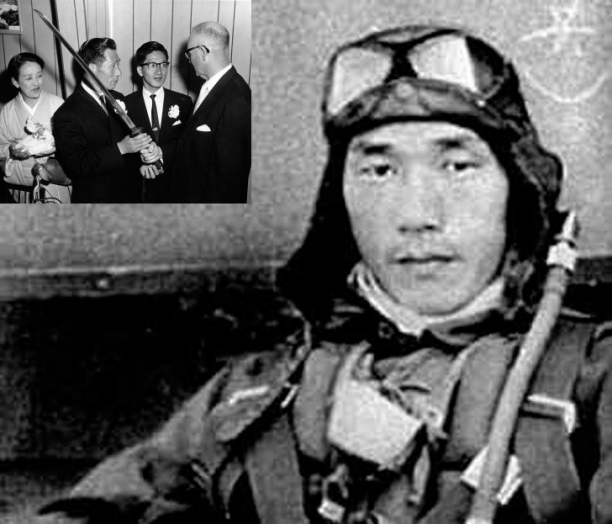
Nobuo Fujita has a place in history for being the only Japanese Navy Pilot to have successfully conducted an aircraft-dropped bombing with incendiaries over continental US soil during the Second World War.
Fujita was assigned the mission to start forest fires in Pacific Northwest. He was supposed to start the fires at Brookings in Oregon. Although flames were lit from his airborne attack, the damage to property was minor.
This is where the story gets interesting. A resident of Brookings, Oregon invited Nobuo Fujita to America. The invitation was accepted by the Japanese Navy pilot after he and his country were assured that he won't be tried as a war criminal once he stepped on US soil. When Fujita arrived at Brookings, he brought with him a 400-year old samurai sword.
The sword had been with his family for generations. It was the sword that Fujita intended to use to commit hara-kiri if Brookings would be hostile to him. He felt very shameful of his actions at the time of the war, but the residents of Brookings welcomed him warmly. He was treated with affection and respect. Fujita eventually presented the sword to the town as a token of friendship.
Although his initial visit elicited controversy, Fujita went back to Brookings a few more times. He was made an honorary citizen before he died at the ripe age of 85.
What is this about? Forgiving but never forgetting?
Share your thoughts.
|
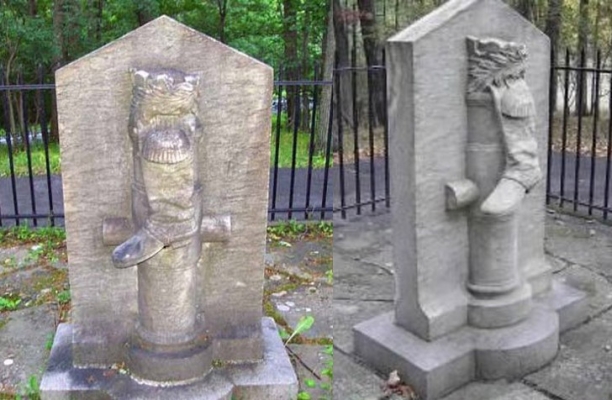
The Boot Monument in Saratoga National Historical Park in New York is an American Revolutionary War Memorial. This commemorative landmark was put up in honor of the services of an unnamed Major General in the Continental Army during the Battle of Saratoga.
Although this memorial does not honor anyone in particular, many of those who are familiar with American history know that the officer given the honor is Benedict Arnold. He was an American general during the American Revolutionary War who eventually defected to the British Army. The reason why Benedict Arnold's name is not openly mentioned is that he has become infamous as a traitor to the American people.
In the Battle of Saratoga, the Continental Army won over the British Army and his great contribution to this battle won him the admiration of the people who erected the monument in his honor. During the battle Arnold got wounded in the leg near the site where the monument can now be found. The Battle of Saratoga was his last battle. It ended his career.
After his treachery became known to everyone, Arnold became the subject of spite. Benjamin Franklin wrote this about Arnold: "Judas sold only one man, Arnold millions."
What do you think about this traitor?
|
|
|


